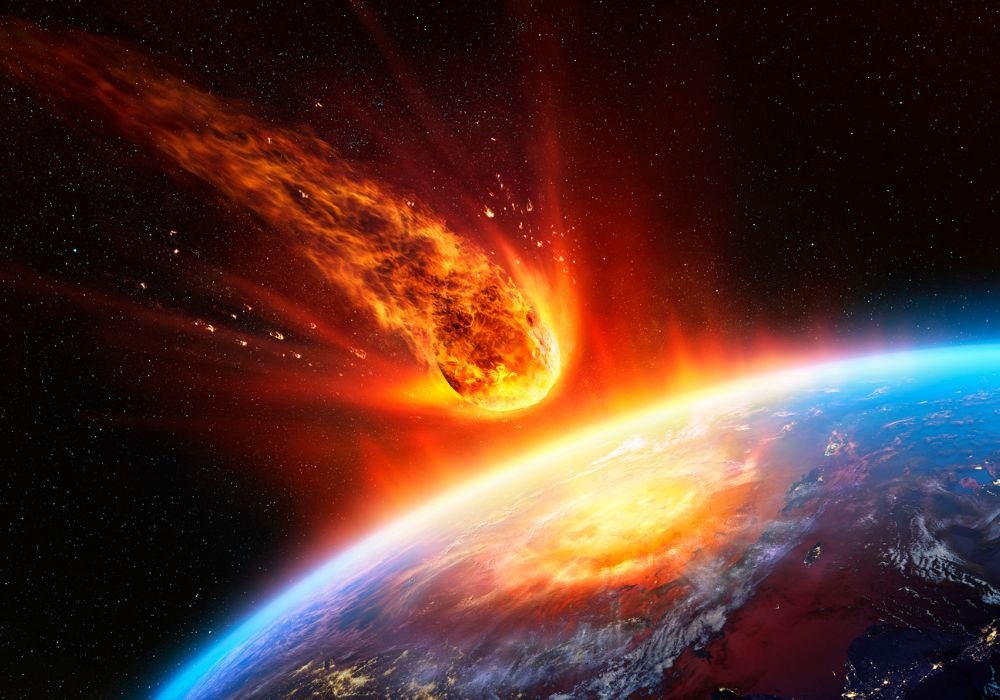Australian philosopher Toby Ord made a huge impact worldwide with his book “The Precipice” in 2020. An “existential catastrophe” that destroys humanity in the next century one sixth.
The statistics have captured the attention of many and continue to influence discussions about our future. After all, we are witnessing the effects of climate change worldwide and living with the horror of the use of nuclear weapons. So what does this number actually mean and where does it come from?
basis of probability
Before delving into the possibilities of human extinction, it is crucial to understand the concept of probability. The traditional idea of probability is called frequency and based on games of chance such as cards and dice.
Regulars base their probability estimates on observed frequencies, such as the probability of scoring three points in a particular event. So, when a weather forecast shows a one in six (or 17%) chance of rain, the point is not to imagine different tomorrows, but to analyze the accuracy of those predictions over time.
The uniqueness of human extinction
It is difficult to apply this traditional approach to the possibility of human extinction. The challenge is that extinction events are unique and do not repeat; Once they occur, there is no room for repetition.
Instead, researchers like Toby Ord Drawing parallels with other historical events that may provide relevant information. For example, to estimate the likelihood of an extinction-level asteroid hitting the Earth, scientists examine historical records of such impacts on the Moon.

Bayesianism: a different perspective
Another way to think about probability is Bayesianism, named after the British statistician Thomas Bayes, and focuses less on the events themselves and more on what we know and believe about them. Bayesians Treat probabilities as a classification system, emphasizing the relative likelihood of different outcomes.
Effect of probability
In short, the understanding of probability differs between individuals. In a world where there is great resistance to the concept of probability, an estimate such as “one in six” may not require perfect calibration.
It may have more to do with the psychological impact it causes. In this way the “one in six” seems to provide a balance. “One in 100” may seem insignificant, while “one in three” may cause panic.
As we discuss issues vital to sustaining life on Earth, we hope that the responsible and conscious use of probability will become the norm and lead to a more accurate understanding of the dangers affecting today.
Always stay up to date with the latest scientific studies at TecMundo!
Source: Tec Mundo
I’m Blaine Morgan, an experienced journalist and writer with over 8 years of experience in the tech industry. My expertise lies in writing about technology news and trends, covering everything from cutting-edge gadgets to emerging software developments. I’ve written for several leading publications including Gadget Onus where I am an author.












